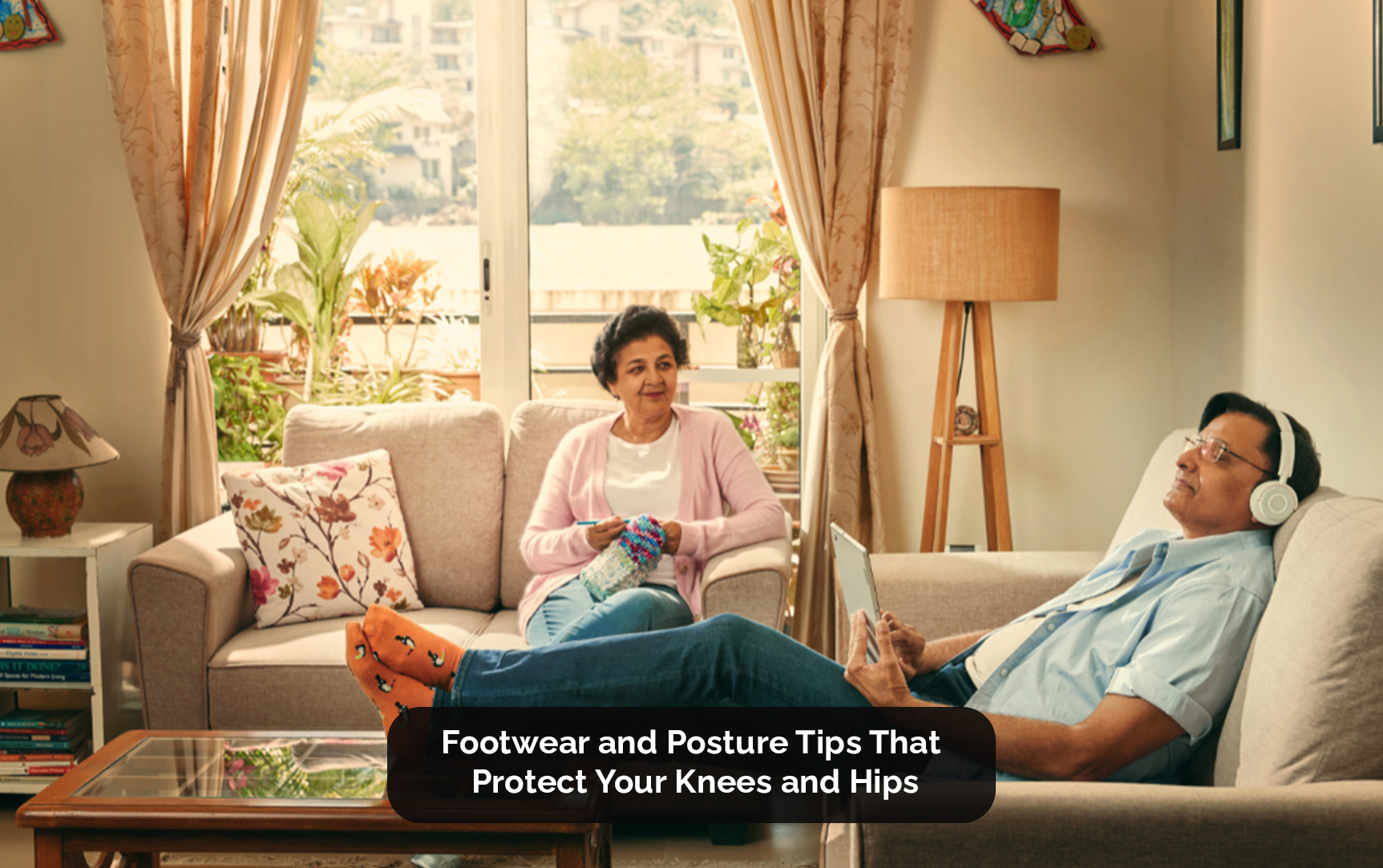
You can keep your knees and hips healthy by exercising regularly, maintaining weight, eating a healthy and nutrient-rich diet, and maintaining good posture.
The correct posture is when your knees are aligned with your hips and your feet are on flat ground, avoiding locked joints.
Knee braces are significantly helpful in providing stability and protection to your knees. It can also be helpful in alleviating knee pain.
One of the most effective natural ways to lubricate your knees is to indulge in low-impact exercises regularly.
Ashiana, Ashiana Housing build homes. Homes surrounded by vast green spaces and fresh breeze. Homes cocooned in secured gated complexes. Homes where futures are forged and there are opportunities to grow. And Homes in environments brimming with healthy activity, trust and respect. At heart, we build communities with care.
Other posts by Ashiana
Join 1000+ of fellow readers. Get expert real estate knowledge straight to your inbox absolutely free. Just enter your email address below.